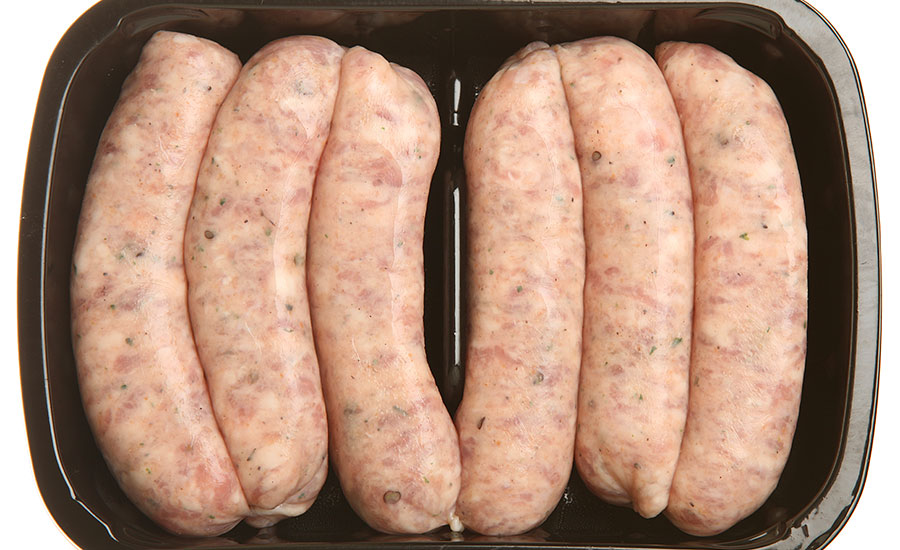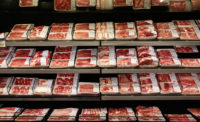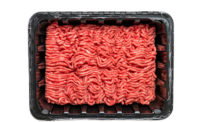Shoppers browsing the fresh meat cases in their local supermarkets have little idea of the influence they exert over the case-ready tray packaging displayed there. U.S. consumers have an uncanny, almost emotional connection to red meat that is red. We like our beef red and we like it in a seemingly bulletproof package. Both are influential quality cues that instill confidence and satisfaction. Purple meat just looks wrong, and a flimsy feeling tray is worrisome. Retailers and processors have long since clued into this and, consequently, trays have reinforced these attitudes for years. Let’s face it: the system works and works well. Everyone wants to go to market with a heavy-duty vehicle, and with today’s pre-made barrier trays have it. From the emergence of modified-atmosphere packaging and case-ready merchandising, the overriding objective has been to not shock shoppers with the packaging.
But the pre-made tray market has matured to the point at which its growth potential is limited, according to an expert source. As a practical option, he suggests considering in-line thermoformed trays. This is not a call to change for change’s sake. In-line thermoforming is all about down-gauging, while still being fit for use, and improving costs and efficiencies. There are even some regional retailers using it for ground beef and some whole-muscle product because of the lower package costs. The packages are said to deliver the same look and feel as their pre-made cousins.
No one can argue the prospect of lower costs around key elements such as labor, inventory and materials are attention-grabbers. For processors, roll stock occupies significantly less storage space than pre-made trays and eliminates the seemingly perpetual replenishment of tray inventory. The most efficient package footprint can be made because there are no de-nesting worries. And if reports are accurate, rolled edges and ribs — to build rigidity — deliver the more familiar robust feel shoppers prefer. Even production speed is reported not to be an issue any longer due to equipment designs that increase throughput capacity to 120 to 140 packages per minute. As one executive explained about in-line tray forming, “It’s best suited for large processors who can do the same thing all day long.”
Admittedly, thermoformed trays have their shortcomings. The most striking is the high cost of entry for thermoforming equipment systems that also have a larger production footprint than the tray-sealing machines they replace. The payout can run well into six figures per machine, although there are reports of one-year paybacks from savings in labor, film and transportation costs. Softer-shrink lidding film must be used because higher shrink energy from traditional film can distort the lower-gauge trays. However, as that same executive explained, “We’re not talking about a big difference any more in the shrink energy.” Remote filling is off the table and an investment in over-machine filling can add to the tab.
In-line thermoforming may be the future, but for now its proponents are still looking for one of the “big guys” to adopt it. And in the absence of any discernable calls from the marketplace for change, remember: Don’t shock shoppers. NP




